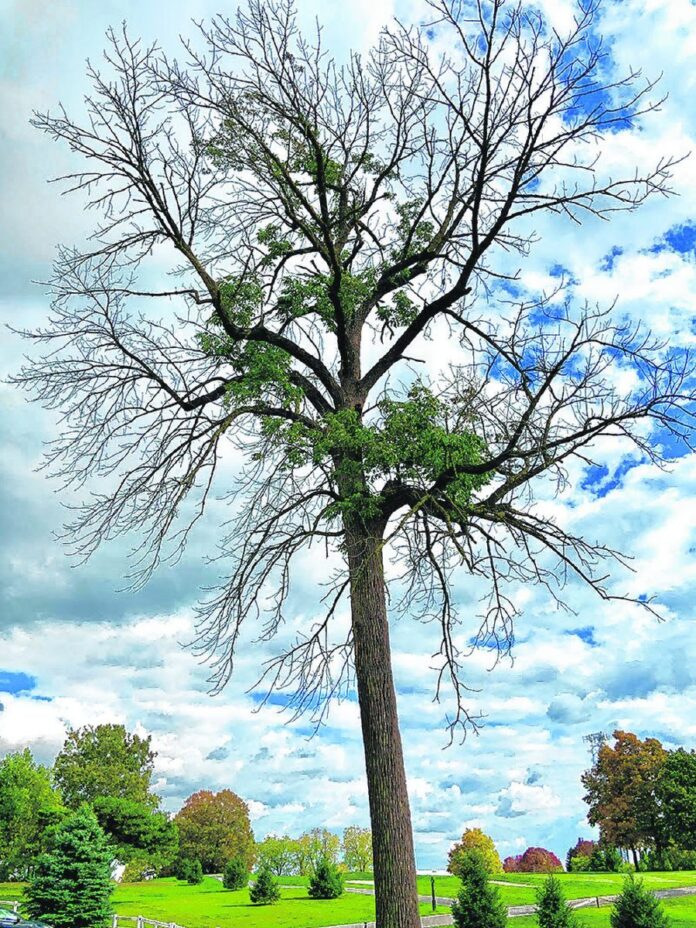WEST LAFAYETTE —Since the emerald ash borer’s introduction to the United States at the beginning of the 21st century, forest ecologists and government officials have worked to stem its destruction of ash forests. Despite those efforts, the invasive pest may be winning the war.
Mining 16 years of U.S. Forestry Service Forest Inventory Analysis data for 960 counties, Purdue University professor Songlin Fei has shown that in impacted areas, young trees are dying before they can reach their reproductive stages. Unable to compete with larger trees or resist the emerald ash borer, American ash trees may be doomed to functional extinction.
Emerald ash borer, a beetle native to northeast Asia, was first detected in Michigan in 2002. Its western range has reached South Dakota in the north down to Texas in the south. It’s in every state east of that line except for Mississippi and Florida. Its larvae burrow under ash tree bark to feed, eventually weakening and killing trees, with losses estimated in the tens of millions so far.
Fei and colleagues from the U.S. Department of Agriculture Forest Service examined records from the U.S. Department of Agriculture’s Animal and Plant Health Inspection Service (APHIS) to catalog the locations of emerald ash borer infestations. They discovered that in the years near emerald ash borer’s introduction, ash seedling populations were abundant in the forests but started thinning out without growing to maturity. In later years, the density of young trees declined significantly.
Fei cautioned that the results do not suggest that ash trees will disappear altogether from the U.S. However, being functionally extinct means that they will not provide economic value as hardwoods or the ecological services they long have in forested areas.
Ash trees in residential areas can be treated with insecticides to keep emerald ash borers away. People are also encouraged to buy firewood locally and not to move it long distances that could help the pest expand its range.




